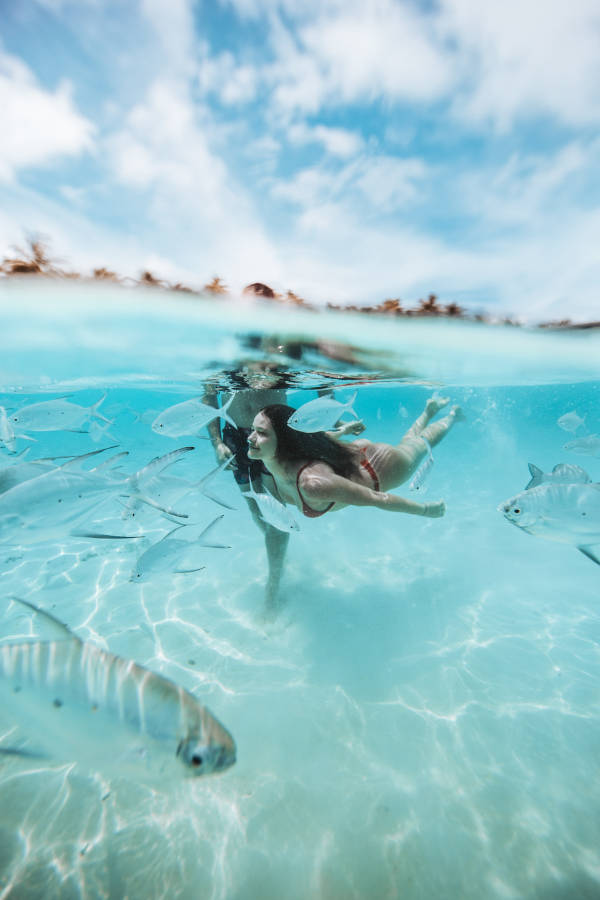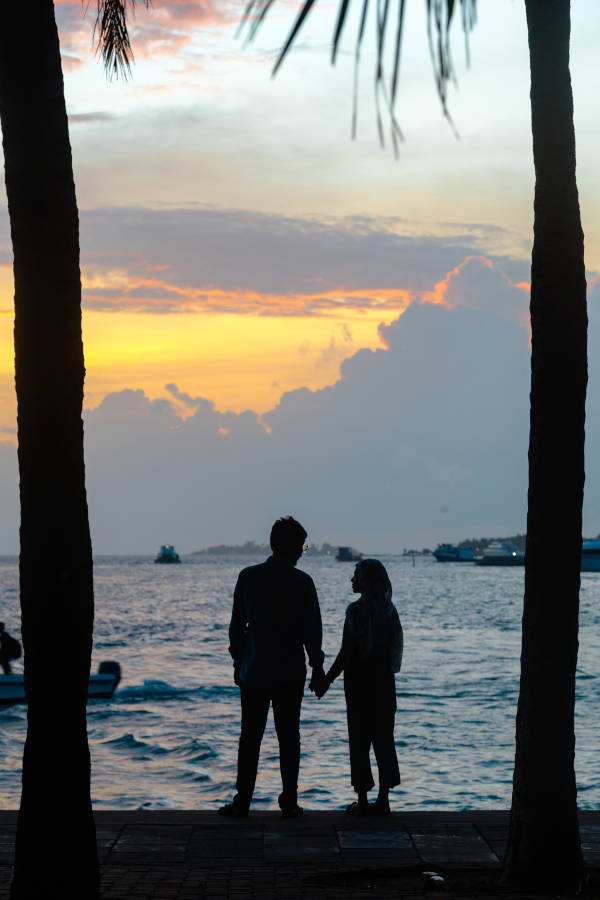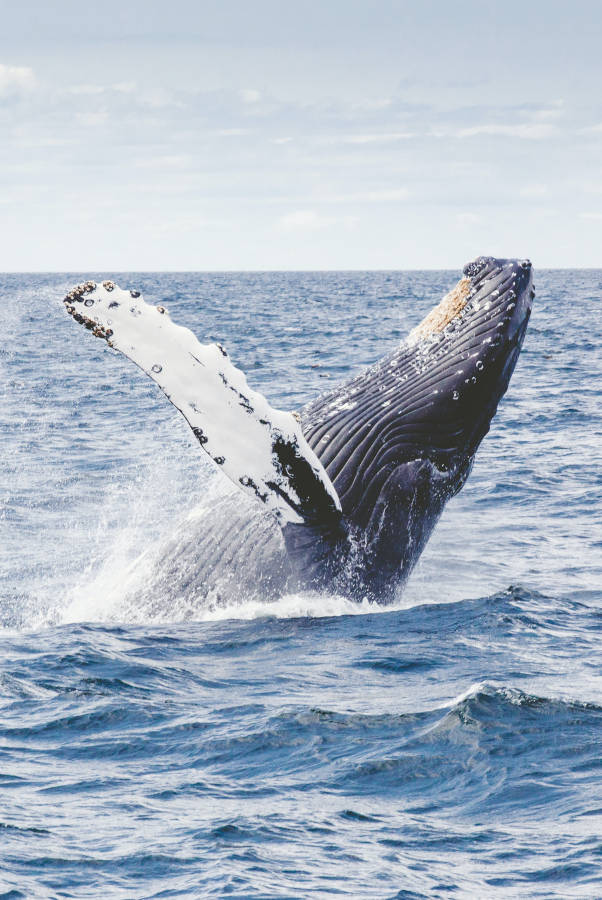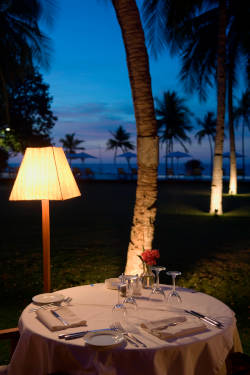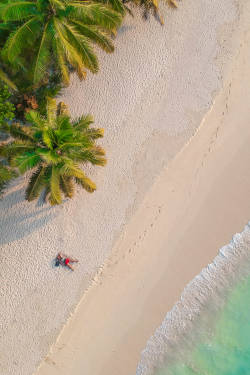SOUTHERN REGION
MUST SEE
Welcome to the Southern Region of Madagascar, a land of exceptional richness and beauty. If you’re looking for breathtaking landscapes and vast open spaces, this is the place for you. Organized circuits along the coastline from Tulear to Fort-Dauphin will take you on a journey through unique and totally endemic vegetation, providing a complete change of scenery. Along the way, you can also expect a few sporting challenges and adventurous experiences that are sure to make your trip to Madagascar unforgettable.
Did you know that the spiny forests in this area are home to a unique and fascinating species of plant called the “octopus tree”? With its multiple branches resembling the tentacles of an octopus, this tree is just one of the many wonders waiting to be discovered in this off-road paradise.
LANDMARKS
Explore the untamed Southern region of Madagascar with its national parks, stunning coastline, and dream beaches, crossing the eastern and southeast part of the island.
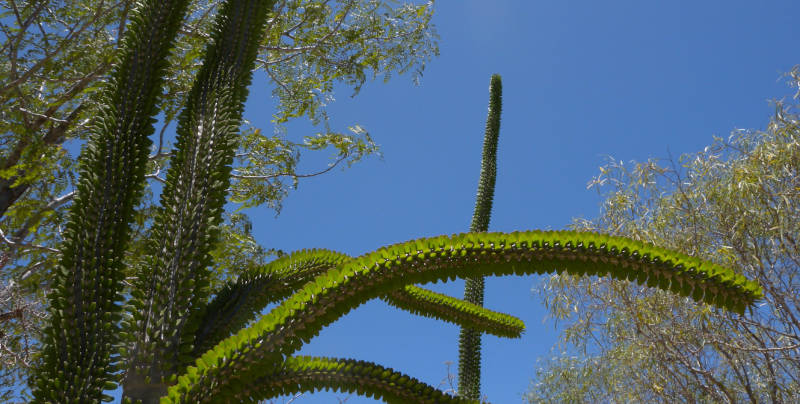
Ifaty is a charming coastal village located on the southwestern coast of Madagascar, around 27 kilometers north of Toliara. It is a popular destination for travelers who are looking to experience the unique culture and nature of Madagascar. Ifaty offers a variety of activities for visitors to enjoy, such as: Snorkeling and Diving: Ifaty is surrounded by crystal clear waters, and its coral reefs are home to an array of marine life, including colorful fish, sea turtles, and even dolphins. Travelers can explore the underwater world through snorkeling or diving trips. Beach Relaxation: Ifaty’s white sandy beaches are perfect for relaxation. Visitors can unwind on the beach while soaking up the sun, enjoying a refreshing swim in the ocean, or taking leisurely walks along the shore.
Reniala Nature Reserve, located 800 meters from the sea near Mangily village, Madagascar, is a captivating blend of baobab and didiereaceae forests. This 60-hectare private reserve is a haven for over 1,000 xerophilic plant species, including Delonix, Pachypodium, and impressive baobabs, one estimated to be 1,200 years old. Bird enthusiasts will be thrilled to spot around sixty endemic bird species, such as Tolohoranto and Naka. The reserve also hosts the “Lemur Rescue Center,” dedicated to rehabilitating Mali Catta lemurs rescued from animal trafficking. Reniala Nature Reserve plays a vital role in protecting the region’s baobabs since 2001.
Anakao, a charming fishing village of the Vezo people, is accessible by boat from Toliara. With its breathtaking landscapes, including traditional Vezo tombs along the beaches, Anakao offers a unique glimpse into Malagasy culture. Visitors can also enjoy the village’s vegetation and crystal-clear waters, perfect for diving, snorkeling, and surfing.Anakao is a must-visit destination in the southwest region for its natural beauty and cultural significance.
Tsimanapetsotse National Park, located in southwest Madagascar, is the country’s first RAMSAR site, boasting an impressive 75% endemic biodiversity. The park features diverse habitats, including xerophytic shrublands, mixed forests, and coastal forests. It is a crucial wintering ground for aquatic bird species, especially pink flamingos. The lake’s color changes in the morning due to calcium sulfate and white clay. Notably, it is home to the Geochelone radiata (Radiated Tortoise) and five of the nine Coua species. The park’s rich fauna includes 42 Herpetofauna species, 3 lemur species (two diurnal and one nocturnal), Typhleotris madagascariensis (blind fish), 4 bat species, 112 bird species, 3 carnivore species (one endemic), and 9 non-volant micro-mammal species.
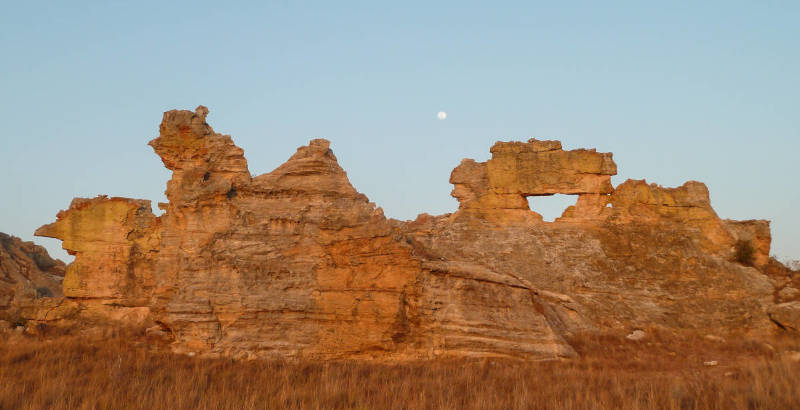
Isalo National Park, located in the Ihorombe Region of Madagascar, is a protected area in the southwestern corner of the Province of Fianarantsoa, with Ranohira being the closest town and Toliara and Ihosy being the nearest cities. The park’s sandstone landscape has been shaped by wind and water erosion, resulting in rocky outcrops, plateaus, extensive plains, and canyons up to 200 m (660 ft) deep. It is home to a variety of endemic flora and fauna, including lemurs, chameleons, and rare plant species. Visitors can explore the park on hiking trails and guided tours, taking in breathtaking views and learning about the local culture and history. The park also offers opportunities for camping and wildlife watching.
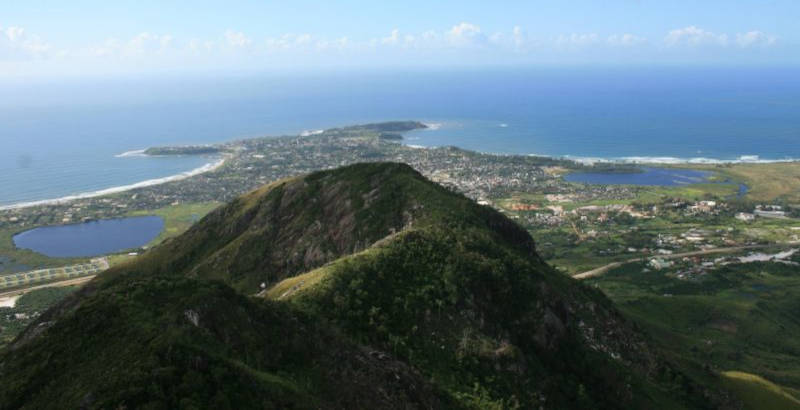
Fort-Dauphin is a city located in the southeastern part of Madagascar, in the Anosy region. The city of Fort Dauphin, also known as Tolagnaro, has preserved its historical landmarks and colonial era sites. Located at the foot of Mount Saint Louis, it boasts stunning landscapes and is the starting point for the first settlement of the island of Reunion. The city offers various places of interest such as Sainte Luce, Fort-Flacourt, Anosy Museum, and Fort des Portugais, which allow visitors to discover and explore its rich history.
Lokaro Bay is a stunning destination in Fort-Dauphin with its beautiful sandy beach and charming coves. Swimming with multicolored fish is the main attraction in this area, located around 40 kilometers from Tolagnaro. This picturesque location is among the top tourist attractions in southern Madagascar. You can easily access Lokaro Bay from the village of Evatraha, close to Lake Ambavarano. It takes approximately 3 to 5 hours of walking to reach this unique location, while enjoying the idyllic landscapes. Once you arrive, you can explore the canals and lagoons, and enjoy swimming and scuba diving in the small cove. The magnificent panorama of Lokaro Bay includes the stunning Saint-Louis peak in the background, reflected in the waters of the basin .
Berenty Reserve is a private reserve located in southern Madagascar, about 90 km west of Fort Dauphin. It covers an area of 260 hectares and is renowned for its unique spiny forest, which is home to a variety of rare and endemic flora and fauna. The reserve is particularly famous for its population of ring-tailed lemurs, which are easily observed in their natural habitat. Other lemur species that can be found here include the Verreaux’s sifaka and the brown lemur. In addition to the lemurs, Berenty Reserve is also home to a diverse range of bird species, reptiles, and insects. Visitors can take guided walks or night tours to explore the reserve and see these unique creatures up close. Berenty Reserve also has a museum that displays exhibits on the flora and fauna of the region, as well as the local culture and history. The reserve provides accommodation for visitors, including comfortable bungalows and a restaurant serving delicious Malagasy cuisine.

The Kirindy Mite National Park lies in the Menabe region, part of the Kingdom of Sakalava, about 70 km south of Morondava, by the Mozambique Channel. It’s among UNESCO’s 20 new biosphere reserves, totaling 669 worldwide in 120 countries. This dual distinction as a terrestrial national park and RAMSAR site makes it a vital biosphere reserve. The park connects the biodiversity of the Western and Southern regions, featuring dense dry forests (70% of the park), thorny shrubs, brackish coastal lakes, and housing diverse species like birds, reptiles, and lemurs. An impressive 97% of the biodiversity is unique to this area.
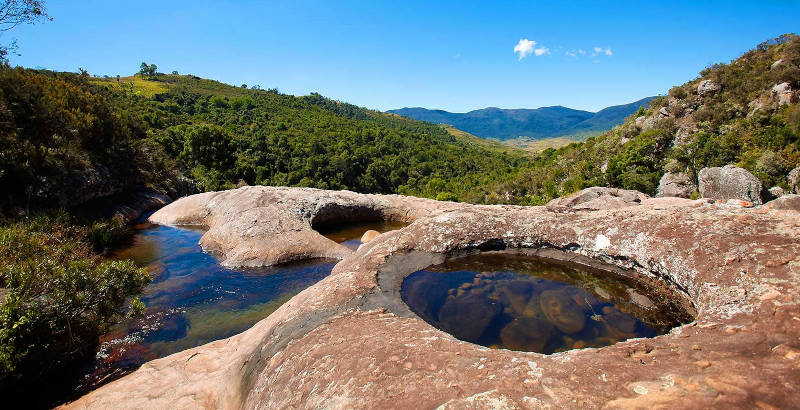
Drifting down the Tsiribihina River is a popular activity in western Madagascar, offering a unique glimpse into a life ruled by the river, not the roads. Birdwatching opportunities, occasional lemur sightings, and encounters with local Malagasy people going about their daily activities, like fishing and crossing the river with zebu carts, make this journey captivating. Camps on sandbanks each night, along with short walks and visits to local villages, create memorable experiences.

WHY GO?
Southern Madagascar offers a thrilling adventure with dramatic nature. Isalo National Park’s desert canyons rival Arizona’s, and the west coast serves as a gateway to the world’s fifth-largest coral reef. The spiny forest is home to unusual and formidable plants, and the cape is the last stop before Antarctica. While Toliara and Fort-Dauphin are the two cities in the area, most travelers come for the off-road exploration. For a more relaxed trip, a lodge in Isalo and a beach visit are popular choices.
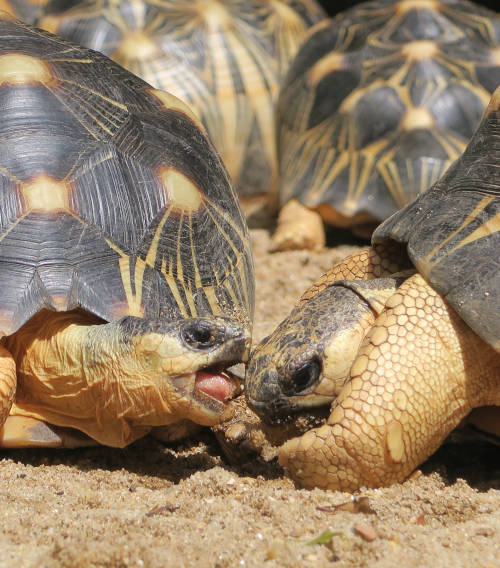
Madagascar’s elephant birds, including the massive Aepyornis, were flightless and unique. Humans caused their extinction in the 17th century by eating their eggs or hunting them. Today, the cape’s beaches are littered with enormous eggshells that once held the equivalent of 160 chicken eggs. Sir David Attenborough featured his own reconstructed egg in his Madagascar films, and complete eggs can be found in Nahampaona Reserve and the National Geographic Society headquarters. Some people sell eggs made from reconstructed fragments, but it’s illegal to remove them from the country.
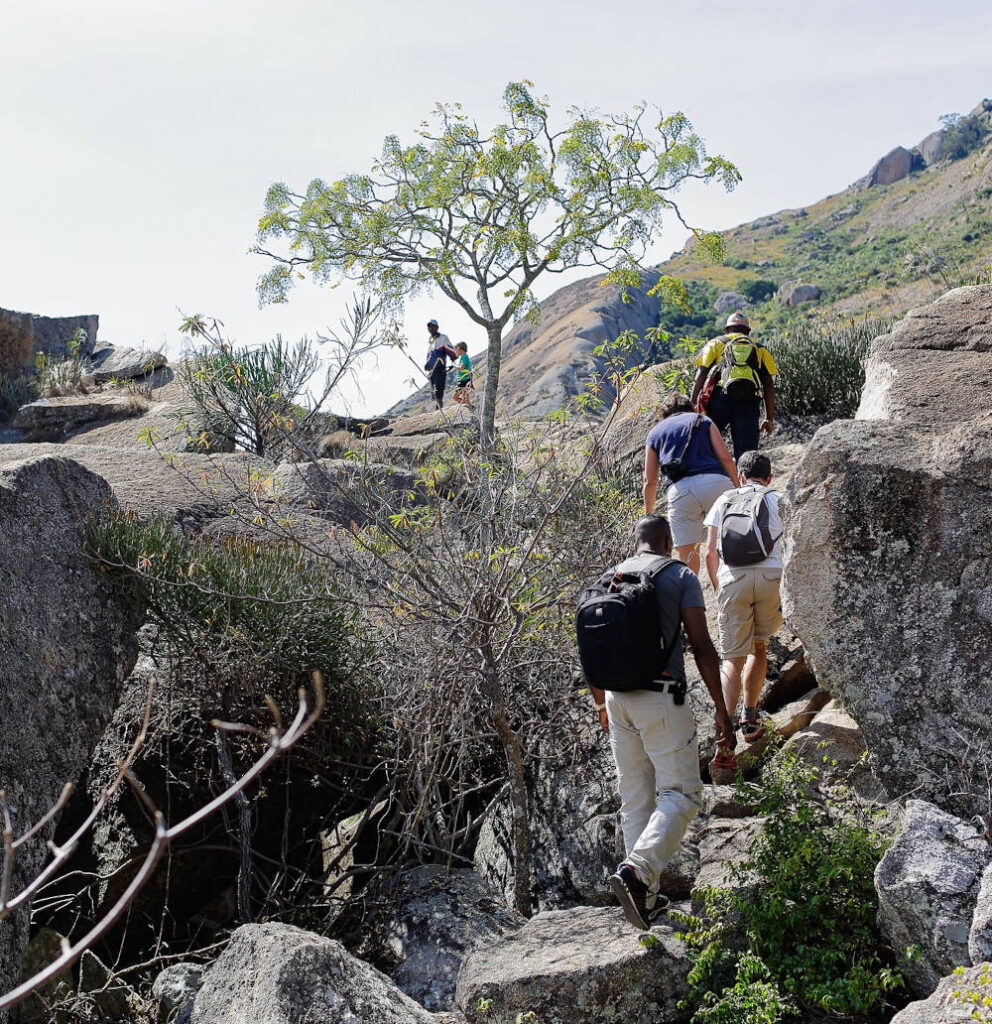
EXPLORE THE JOURNEY
Our team of experts will guide you through the planning process to help you create a personalized itinerary that meets your needs and preferences. Contact us now to start planning your dream trip.

